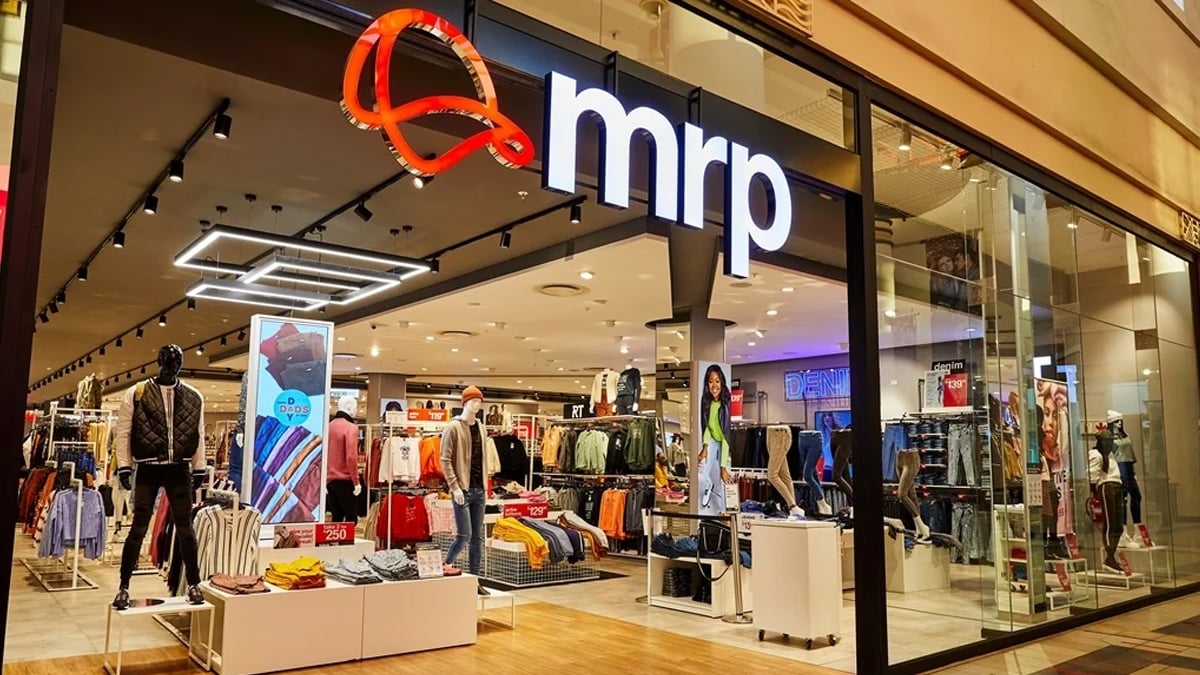Business
Mr Price Powers Into 2026 With Strong Sales, Rising Profits and Ninety-One New Stores

A familiar favourite still finding ways to grow
In a year when many South Africans are tightening their belts, Mr Price has somehow managed to do the opposite of what the economy predicts. The retailer began its 2026 financial year with rising sales, stronger earnings, and an ambitious store rollout that shows no signs of slowing down.
Mr Price released its interim results for the twenty-six weeks ending in late September 2025, and the numbers show a business that understands the country’s tough retail climate but refuses to shrink away from it.
A snapshot of the numbers
Revenue climbed to R18.6 billion, which represents growth of 5.4 percent. Retail sales rose slightly faster at 5.5 percent, which puts the company just above the market’s average performance. Net profit reached R1.82 billion, a healthy 7.7 percent increase compared to the same period in the previous financial year.
The group’s gross profit margin also nudged upward, improving by thirty basis points to reach an even 40 percent. Basic and headline earnings grew by 6.5 percent to just over 512 cents per share.
These gains came at a time when overall consumer confidence is under pressure, which makes the performance even more notable.
What shaped the first half of the year
The first quarter saw retail sales climb by 6.3 percent, helped by shifts in school holiday timing and several base effects. These early increases contributed to market share gains, although they came with a cost. The business had to rely on markdowns in June, which placed pressure on margins.
The second quarter told a different story. With new spring and summer stock arriving and selling at full price, profit margins improved, even though growth slowed to 4.7 percent. This mix of trading conditions gives a clearer picture of how the brand balances value, volume, and seasonality.
A network that keeps expanding
One of the biggest headlines from the results is the sheer pace of expansion. Mr Price opened ninety-one new stores in just six months, pushing its total network to 3,100 locations. This growth spans across its stable of well-known brands, which include Miladys, Sheet Street, Mr Price Home, Yuppiechef, and the Studio 88 Group.
The scale of this footprint makes the company one of the most visible retailers in South Africa’s apparel and homeware market. With new sites opening in both established and developing areas, the retailer continues to chase foot traffic rather than wait for customers to come to it.
The strategy behind the success
CEO Mark Blair credited the performance to a business model centred on value and disciplined cost management. He emphasised that the company managed to lift its margin despite the tough environment, which reflects careful planning and strict oversight of overheads.
The company also declared an interim dividend of 323.2 cents per share, an increase of 6.5 percent. This signals confidence in the business’s direction and offers reassurance to shareholders who have weathered the uncertainty of the past few years.
What South Africans are saying
On social media, the reaction has been a blend of surprise and admiration. Some users noted that while households are cutting back on luxury spending, affordable fashion and home goods remain in demand. Others pointed out that the brand’s constant visibility through new stores plays a role in why shoppers keep returning.
Mr Price’s model seems to resonate with South Africa’s cultural moment. Families are prioritising basics, but they still want variety and a sense of uplift. The retailer understands that rhythm and continues to meet it.
What the next chapter may look like
If Mr Price maintains this balance of value and growth, the remainder of its financial year could mirror the solid start it has already delivered. The combination of disciplined margins, steady earnings, and bold store expansion hints at a brand positioning itself for long-term resilience rather than short-term wins.
For a retailer that has remained part of South Africa’s shopping culture for decades, the message is clear. Even in a difficult economy, consistency still matters, and customers still respond to brands that do not lose sight of affordability.
Also read: How a Once-Mighty Chicken Giant Fell Apart And Why Its Collapse Matters for Millions of South Africans
Follow Joburg ETC on Facebook, Twitter, TikT
For more News in Johannesburg, visit joburgetc.com
Source: Daily Investor
Featured Image: Business Tech















